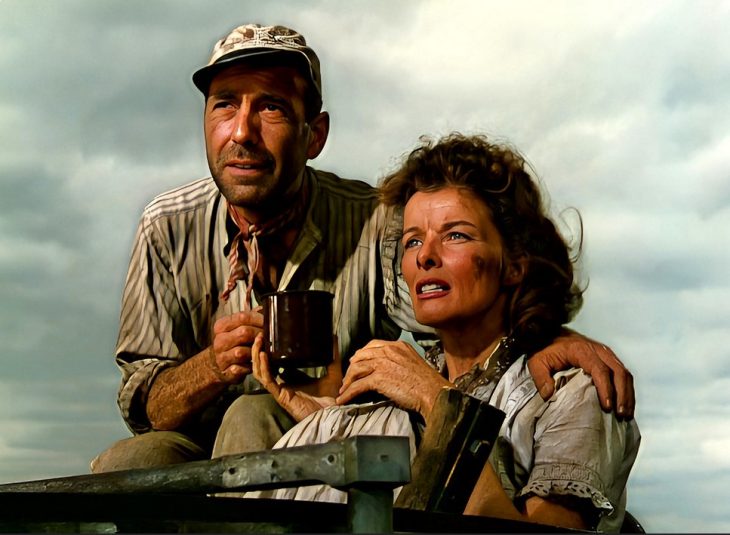
Word of the Day: Petulant
Today’s word of the day, courtesy of the Word Guru, is petulant. Petulant is an adjective that means “moved to or showing sudden, impatient irritation, especially over some trifling annoyance” (https://www.dictionary.com/browse/petulant). It appears in the language in the “1590s,” meaning “’immodest, wanton, saucy,’ from French petulant (mid-14c.), from Latin petulantem (nominative petulans) ‘wanton, froward, saucy, insolent,’ present participle of petere ‘to attack, assail; strive after; ask for, beg, beseech’ (from PIE root *pet- ‘to rush, to fly’). Meaning ‘irritable, manifesting peevish impatience’ is by 1775, probably by influence of pet” (https://www.etymonline.com/search?q=petulant).
A couple of things about the above. First, “froward” is an actual word in English. It means “’turned against, perverse, disobedient; peevish, petulant; adverse, difficult,’ as a preposition, ‘away from,’ the Northern form of Old English fromweard (see fromward), with Old Norse fra (see fro) in place of English from” (https://www.etymonline.com/search?q=froward).
Second, I want to explain “nominative.” In English we have three cases for our nouns and pronouns: subjective, objective, and possessive. We use the subjective case when something is the subject or the predicate noun in a sentence, like the we at the beginning of this sentence. We use the objective case (e.g. us) for direct and indirect objects, objects of prepositions, and other kinds of objects, and a few other places. We use the possessive case (e.g. our) to indicate a noun that possesses something or is the subject of a gerund, and maybe a couple of other instances. Latin actually has six cases rather than three: nominative, genitive, accusative, dative, ablative, and vocative. The nominative case is the equivalent of our subjective case; the genitive is the equivalent of our possessive, and the accusative, dative, and ablative are used in various situations like where we would use the objective case. The vocative case is used for direct address. So in the above, petulantem is the accusative case of the noun that is petulans in the nominative case.
On this date in 1952, the film version of The African Queen opened in New York. It had had a brief opening on December 26, 1951, in Beverly Hills so that it would qualify for the 1951 Academy Awards (the ceremony was held in March of 1952), but its full opening was in New York.
The African Queen was based on a novel of the same name that was published in 1935. It starred Humphrey Bogart, who won the Academy Award for Best Performance by an Actor, and Katherine Hepburn, who was nominated but lost to Vivien Leigh (she played Blanche Dubois in A Streetcar Named Desire; Bogart beat out Marlon Brando, who played Stanley Kowalski; and the Best Picture of 1951 went to An American in Paris, starring Gene Kelly). The story takes place in Africa at the beginning of World War I. Rose and Samuel Sayer are missionaries, but their flock is conscripted by the German army. Samuel dies of a fever, and Rose is invited to ride to safety with Charlie Allnut, who pilots a steam-powered launch up and down a river in central Africa. In the book, the Sayers are Episcopalian and Allnut is Cockney. In the movie, the Sayers are Methodists, and Allnut is Canadian (Bogart didn’t want to do the Cockney accent).
Rose gets the idea that they can turn the steamboat into a bomb with gelignite that Charlie has. Charlie has explained that the British cannot attack the Germans because of a gunship that patrols Lake Wittelsbach at the head of the Ulanga River (these are fictional, though they are somewhat like the Ruzizi River and Lake Tanganyika). So down the river they go with the plan to blow up a gunship.
Although there are multiple characters at the beginning and end of the movie, much of the middle of the movie features just Bogart and Hepburn. In that respect, it is a movie-acting tour de force. About half of the movie was shot on location in Uganda and the Congo, while the rest was mostly shot in studios in the UK. Members of the cast and crew struggled with illness in Africa, though Bogart claimed that drinking whiskey instead of water kept him from getting sick.
The movie very closely follows the novel until the end, and there it is vastly different. Some critics have suggested that the timing is what made the difference. In 1935, many Americans and Brits believed that World War I was a huge mistake, that it was nothing more than a cousins’ war fought on behalf of the European elites, and to be honest, they were right. But in 1951, when the movie was made, the Germans were considered the real bad guys, and the movie reflects that attitude.
But what makes the movie work is the dynamic between Rose and Charlie, between Hepburn and Bogart. Rose is prim and proper, the sister of a missionary. Charlie is rough and tumble all the way. He has to watch his language around her. And one of the most amusingly dramatic moments in the film comes when she dumps his whiskey overboard—she’s a teetotaler. There are times when both of these great actors play as petulant as a schoolgirl.
I know that a lot of folks don’t get into old movies, and this one will likely come across as a bit slow, especially to a generation that loves comic book superheroes and the non-stop action of those movies. But you should at least give it a chance, if you ever have the time. You can find it, I think, on Paramount Plus and Amazon Prime, and maybe more.
Today’s image is, of course, from The African Queen (1951), directed by John Huston, starring Humphrey Bogart and Katharine Hepburn. Based on The African Queen by C. S. Forester